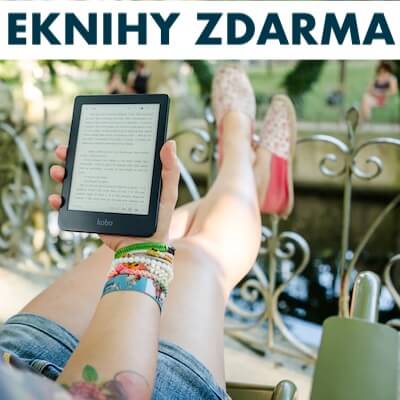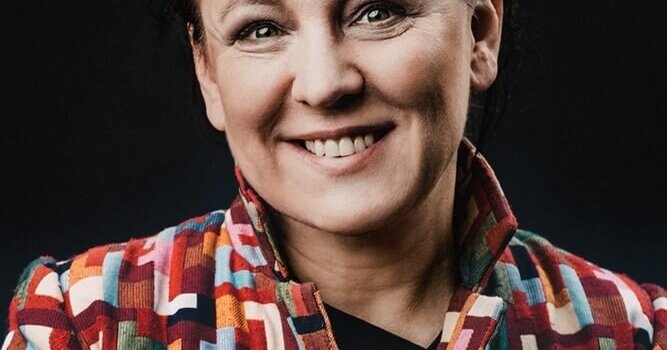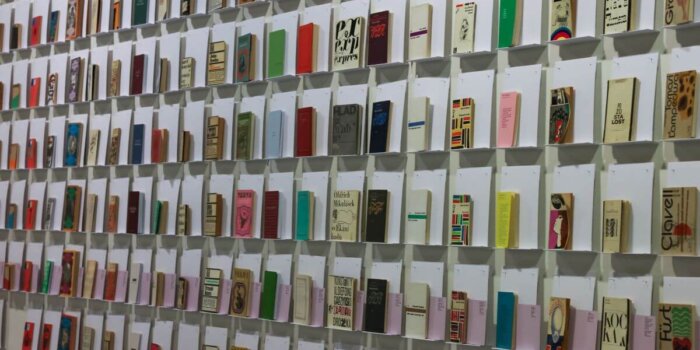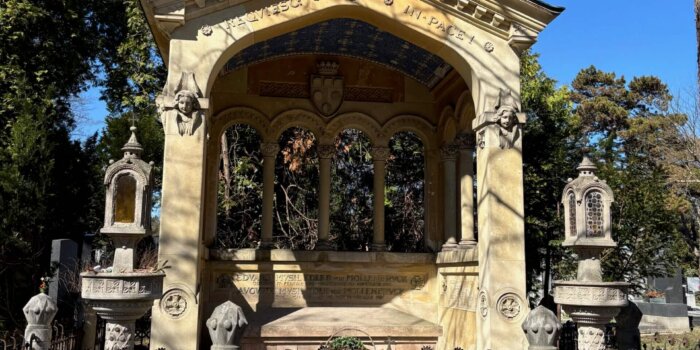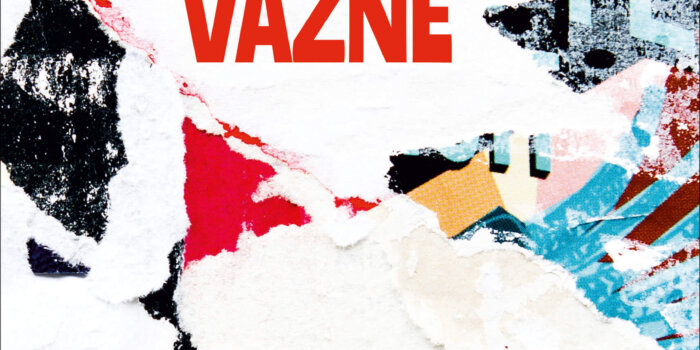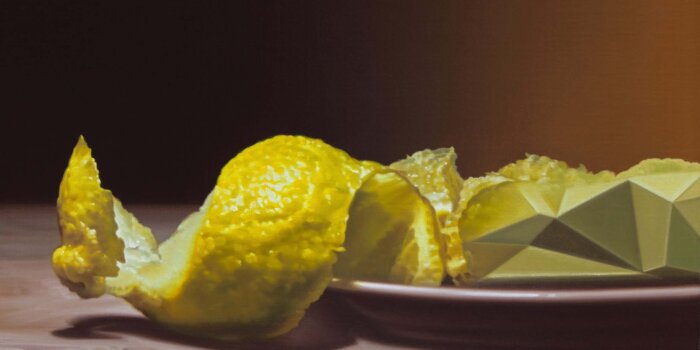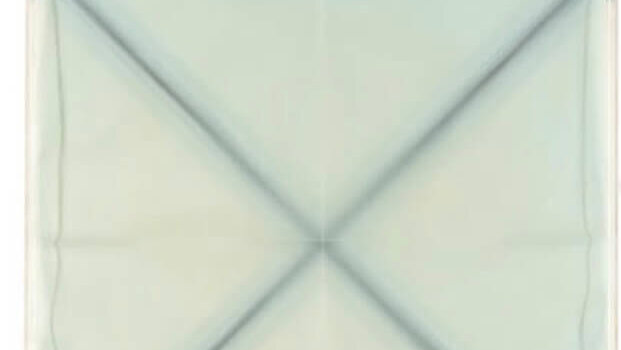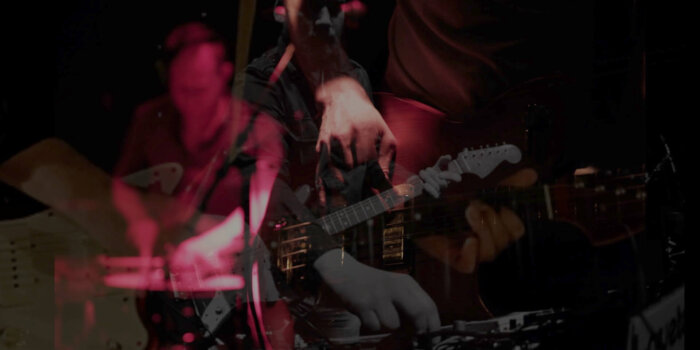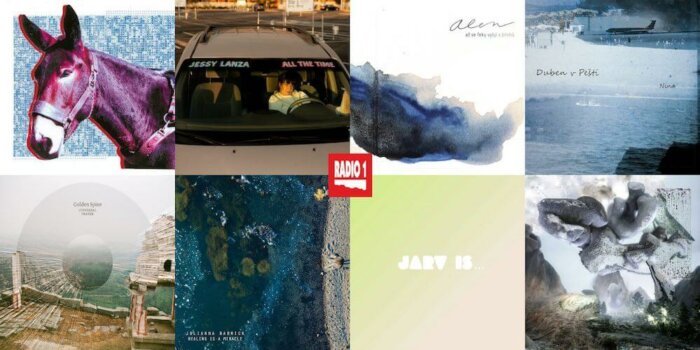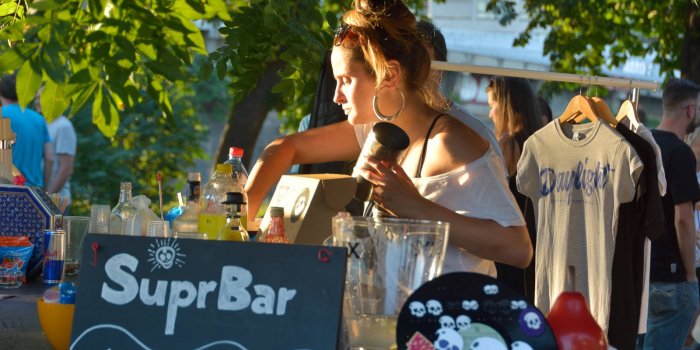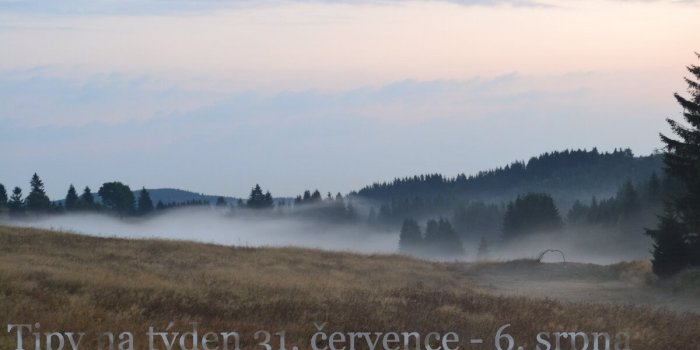Interview: Annemor Sundbo the knitting expert
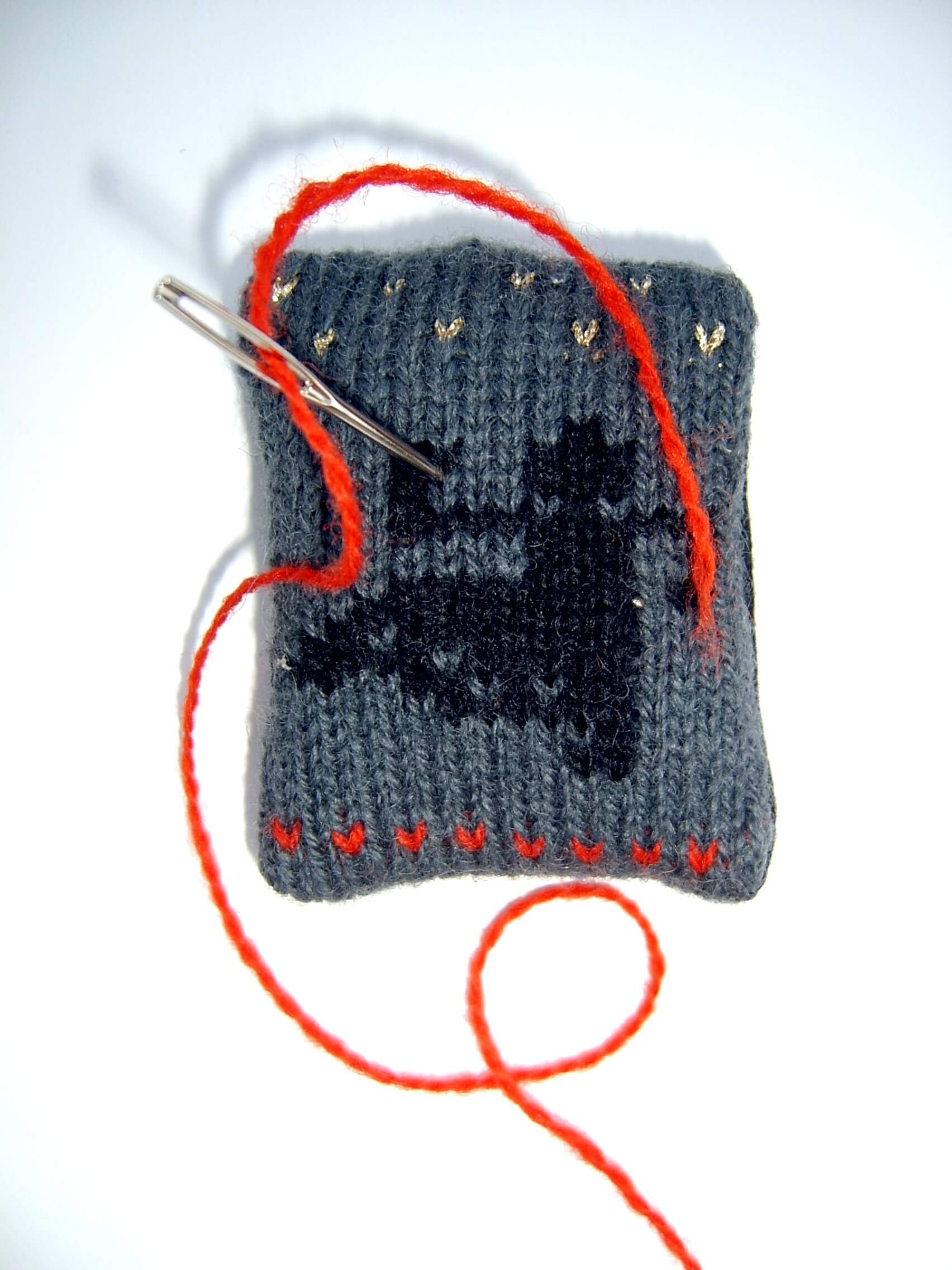
Annemor Sundbø is a world-famous norwegian textile designer, knitter, and weaving teacher. She has published several books and is a renowned authority on knitting, weaving, and textile history. I interviewed her about all these topics.
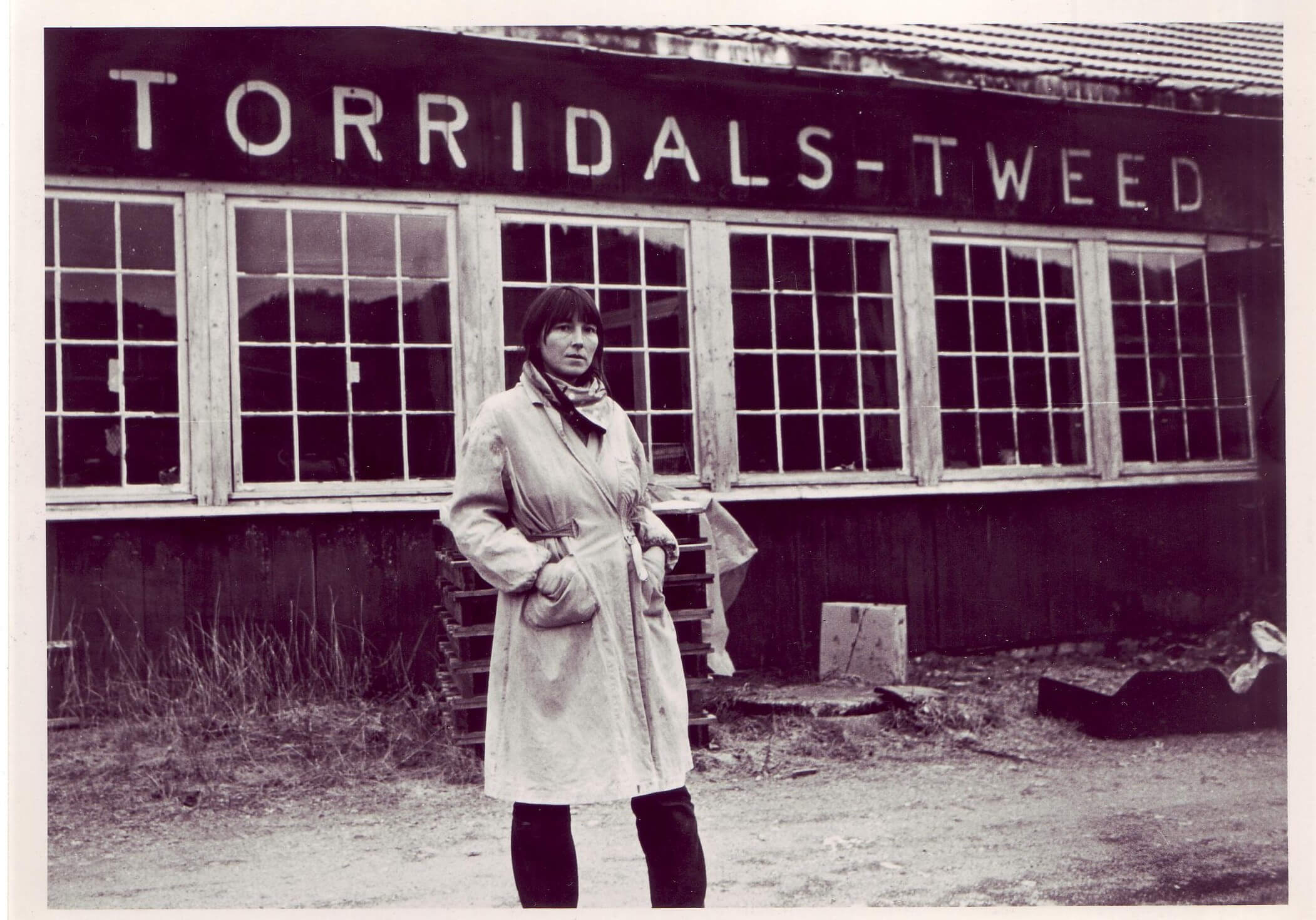 What brought you to knitting? Was it something that everyone did at that time?
What brought you to knitting? Was it something that everyone did at that time?
My aunt was “babysitting” for me when I was about five years old. I like to run and jump everywhere, and my aunt tried to keep me busy with yarn and knitting needle. I was vey motivated, because some friends of my age had already started knitting. If kids did not start knitting at home, they learned how to knit in school when they were 10 years old.
Do you remember the first things you made?
My very first thing I knitted was a little scarf. My aunt was pregnant at that time, and had «bed cosy” or “soul warmer” on, (a sort of a knitted «bolero».) My aunt made my little knitted scarf in to a bed cosy for my doll.
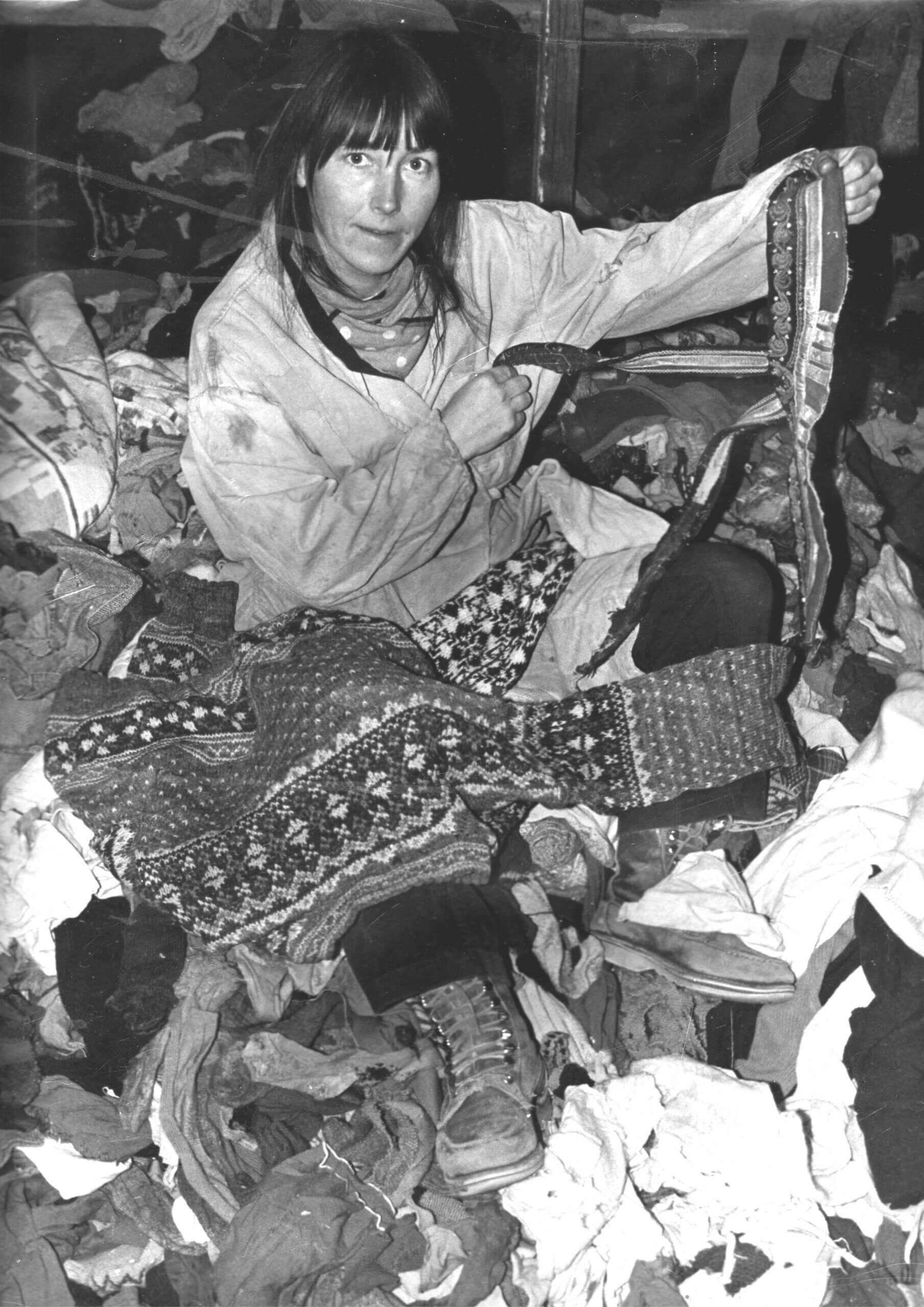 I guess the world of knitting has changed and the current style where people purchase patterns and follow them word for word is different. Is that so?
I guess the world of knitting has changed and the current style where people purchase patterns and follow them word for word is different. Is that so?
Norway has a knitting tradition of different local designs and styles. We did not need a pattern. Wool yarn factories produced a huge amount of patterns to sell yarn, and named the model after geographic names on a map. The models and design had no origin on the places, but the places adopted the design as “theirs”.
How did you start developing your own patterns?
I am an educated textile designer for industry. And created some designs for wintersport for knitting factories. I continued reconstructing «knitting in art» and from oldest photos for patterns for authentic historical design. Next I dived into my ragpile in my recycling mill and used old remains of knitting as inspiration for new design. From my early school days I knitted traditional Setesdal style «lice pattern sweaters» and copies Selbu style motifs from mittens and stockings over to sweaters.
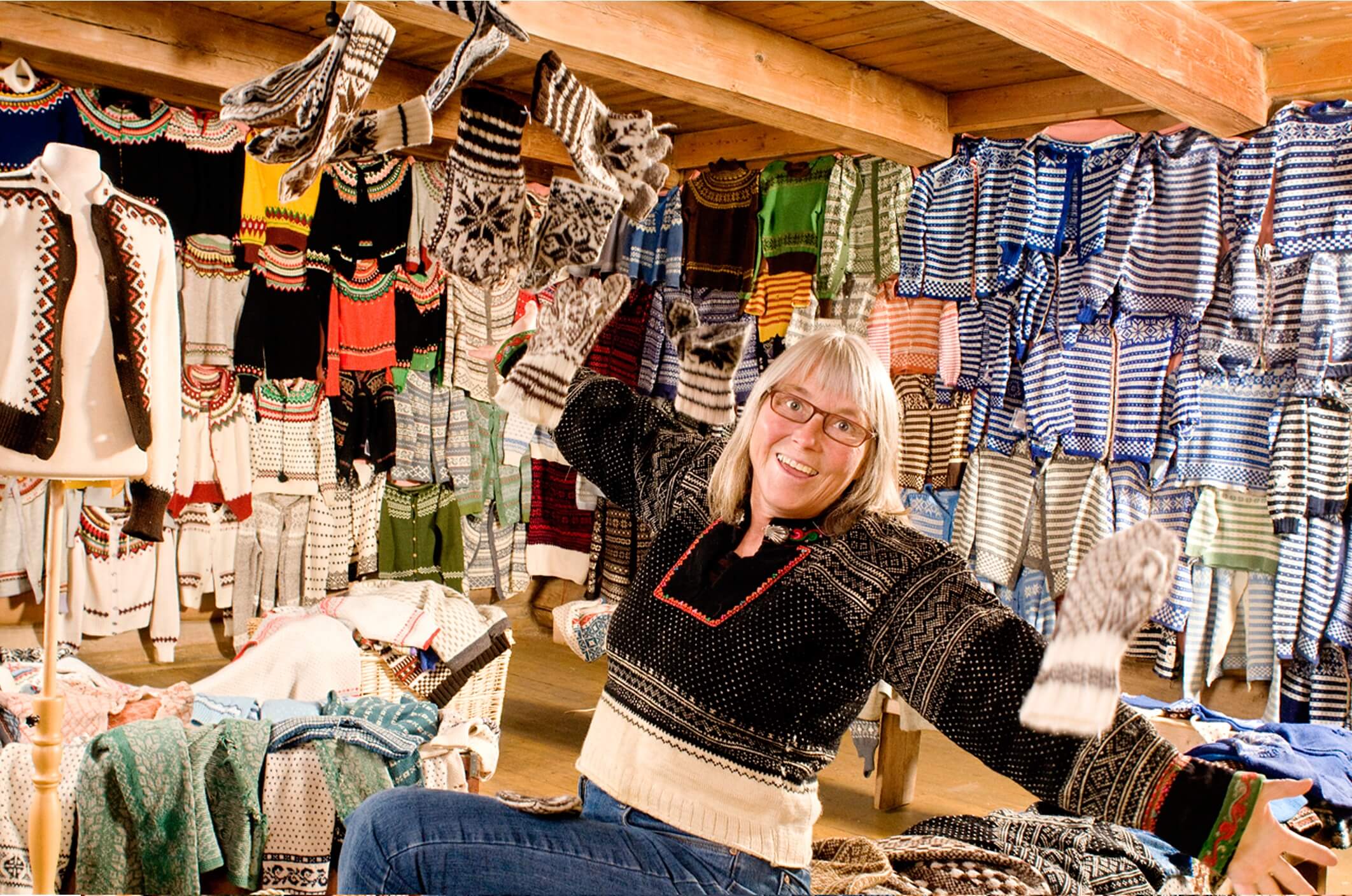
I have to ask about the dancing grannies pattern because every time i see them i smile. How did they happen?
They represent in folklore and folk belief crunes, spinsters, stubborn ladies, ladies drifting against the current, wise mothers, Mothers of Night, Nut, Nyx, nightmares, free female souls, haga, women power, nornes …
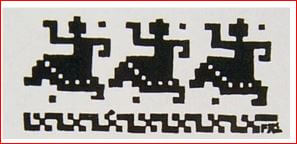
What I found beautiful was you saving some old knits, how did that happen?
As a textile designer and weaving teacher, I asked a mill owner for practice for half a year to learn to operate textile machines I could use to make hand weaving more time saving and efficient, like automatically winding bobbins. The owner let me practice on one condition – I had to buy the mill first. Half a year ended with 25 years operating the mill on my own. It was a shoddy mill for recycling wool. The raw material was remains of all sort of knitted garments. It was no joke, it was 16 tons rags in the storing rooms. I have saves about 1000 kilos. I call my collection for «Treasures from a Ragpile».
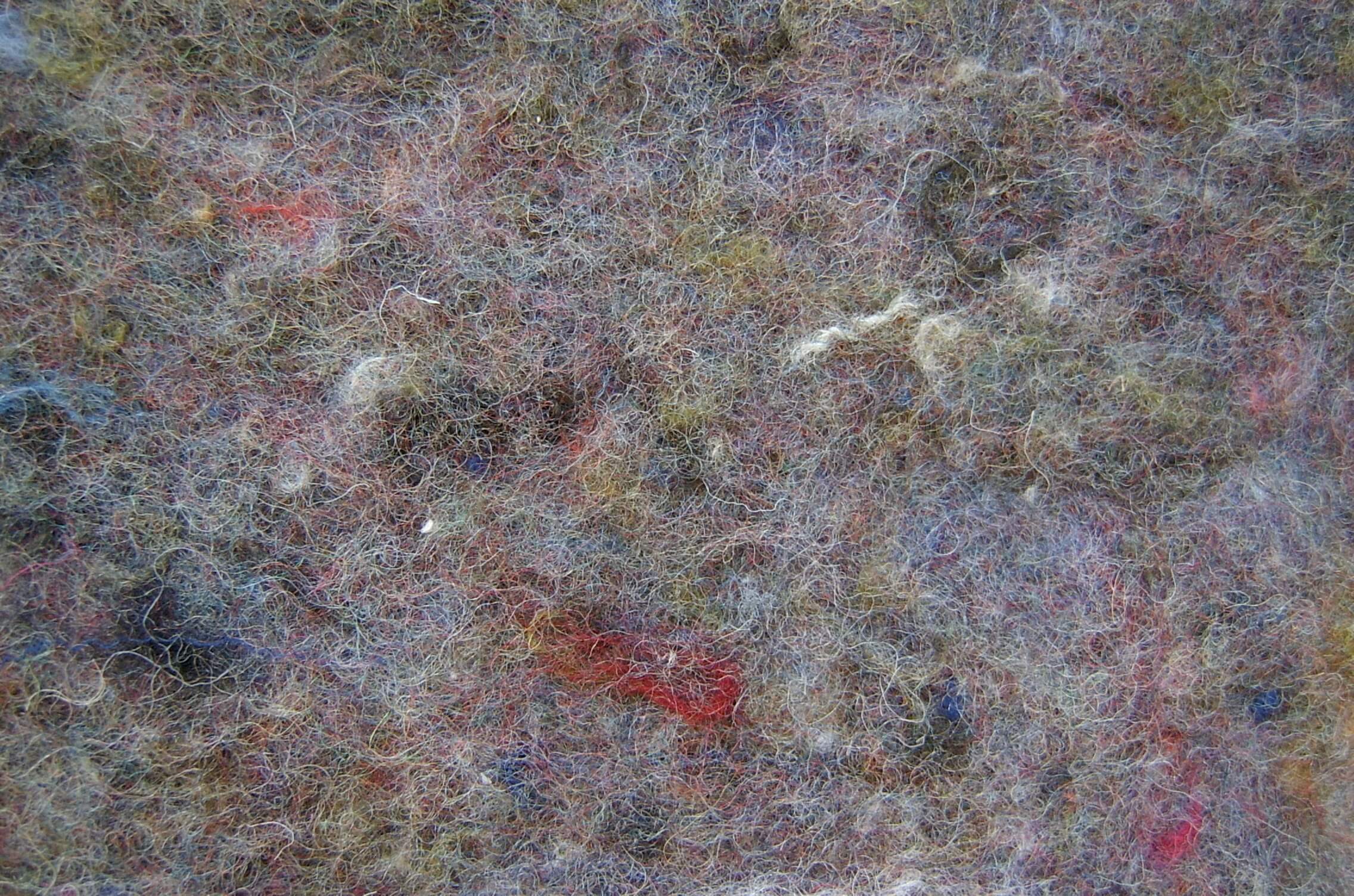 The day I took over the mill changed a lot, from being a well paid weaving teacher to struggle with old machines, some more than 100 years, recycle wool for pad in quilts, matrasses, sleeping bags, to respin for blankets and tweed og half automatic looms. I continued also hand weaving rag rugs.
The day I took over the mill changed a lot, from being a well paid weaving teacher to struggle with old machines, some more than 100 years, recycle wool for pad in quilts, matrasses, sleeping bags, to respin for blankets and tweed og half automatic looms. I continued also hand weaving rag rugs.
As a “Sweater Detective” I have investigated the most familiar and well-loved Norwegian knitwear and also unravelled the history of knitting, following the thread all the way back to the very oldest tales, cultural history, memories, myths and hypotheses.

What are the highlights, or milestones, of your textile career?
Kings Medal of Honor, Government life time grant holder. The Norwegian Handcraft Association’s Medal of Honor in 2004 (for preservation and continuance of cultural values, both domestically and internationally), Aust-Agder County’s Cultural Prize in 1999, Bygland Community’s Cultural Prize in 2004, Sørlandet’s Literature Prize in 2006, and Vest-Agder County’s Cultural Prize in 2015. Kristiansand Cultural Prize 2017.
Each of my books is a milestone.
Books published: Everyday Knitting. Treasures from A Ragpile 1994, Setesdal Sweaters,1998, Invisible Threads in Knitting 2005, Norwegian Mitten and Gloves 2010, Knitting in Art, 2010, Spelsau og Samspill 2015, Koftearven 2019. (No English translation.)
The highlight for me personally is the international network, the colleagues I connect with on seminars, conferences, symposium, and all the people I meet on my lectures, presentations, exhibitions.

What is it like, making a book?
To make a book is very hard work and time consuming work. It is fun to do research, but often a struggle with editors and publishers, and deadlines and trouble with printers and book binders. When the book is in my hands weighing about a kilo, hundreds of kilos fall off my shoulders. But then starts the most important part for the publisher … the books have to sell and the struggle for publicity.
What do you currently plan?
My collection has been in the Setesdal Museum for five years, and are now stored in boxes in my studio for the next event to come. The pandemic disturbed many of my plans, and the last part of 2024 I have had chemo treatment for breast cancer. I have not been able to travel lecturing, (except for a presentation in Cronprinsess Mette Marit’s Weaving Symposium in the Royal Castle in Oslo, three days before my first chemo injection.) I am active in a Coastal Cultural group on an island outside Kristiansand and we keep 32 “wild sheep”, of old norse breed. I am working with wool, teaching and weaving, and enjoying dying yarn and wool, and giving classes. My plans will be according to my health, but I feel fine. I am working with a book about stockings and the hardships for producers and next the recycling …
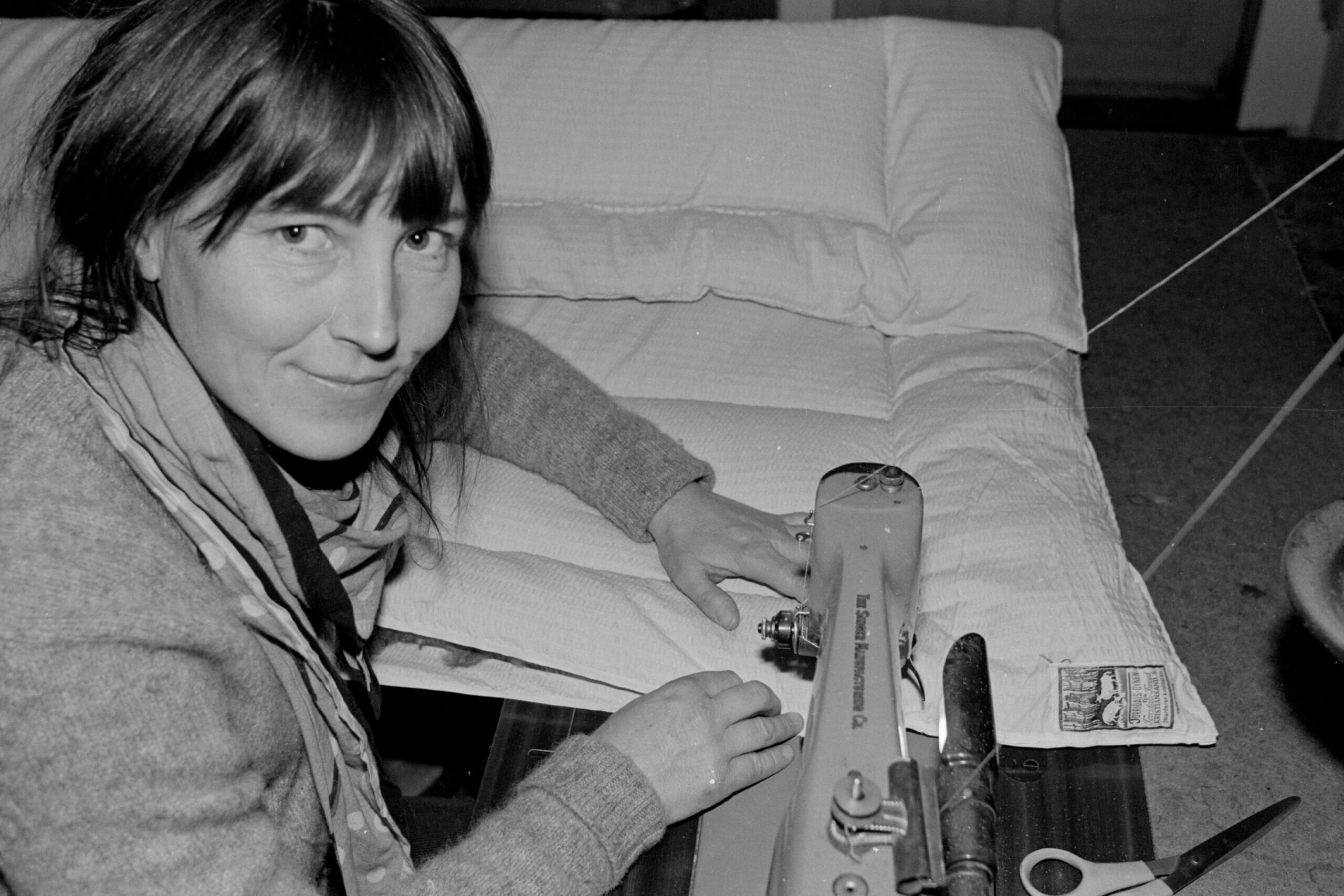
What do you think makes the new generation knit?
One of the main thing for new generation was the social part of it, communication, knitting cafes, social media, the creative part, the slow down. In the beginning the young one did not copy their mothers and grandmothers, the copies film stars knitting on the set, or other celebrites to be modern or cool. Now many look back on photos in family albums and want to know more about the traditional design and want to copy for their children.

Credits and links:
Foto:
Archive of AS
Photography by Eva Kylland
Photography by Mikkel Aaland
https://craftsmanship.net/the-norwegian-sweater-detective/
Video:
https://www.youtube.com/watch?v=hGd04LQO8HY&t=30s 6. episode
https://www.youtube.com/watch?v=B8c2URbQsbI&t=1012s 2. episode
Web:
Insta:
https://www.instagram.com/sundboannemor/

